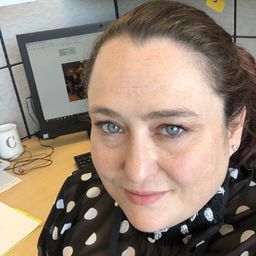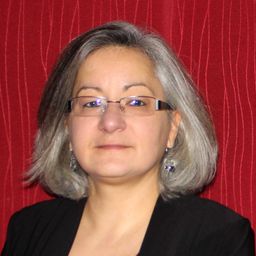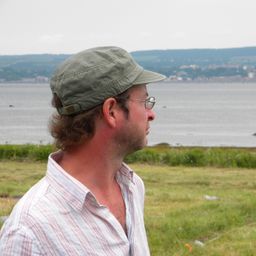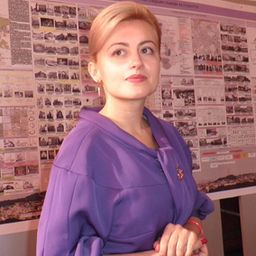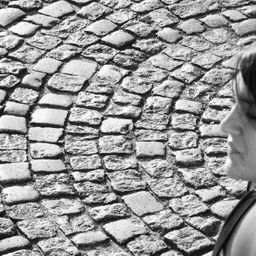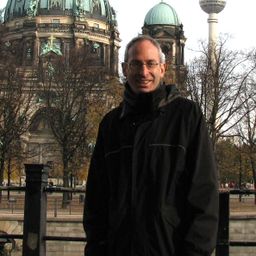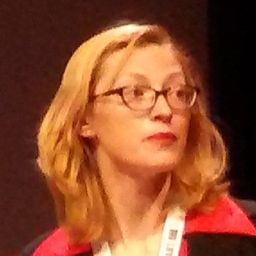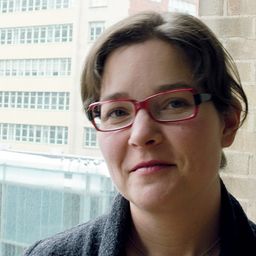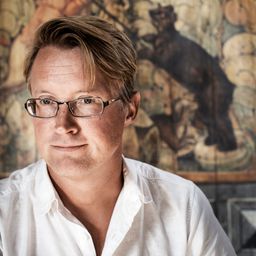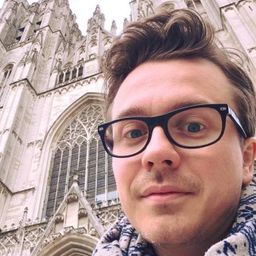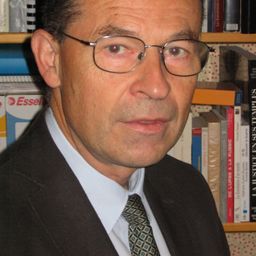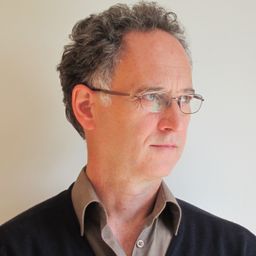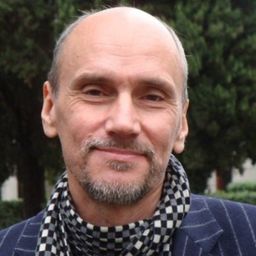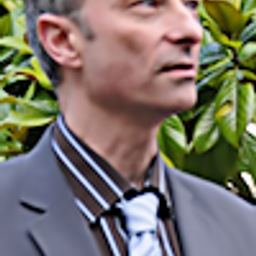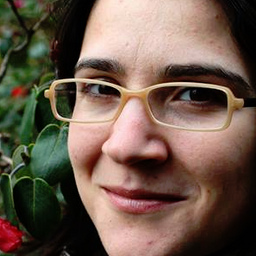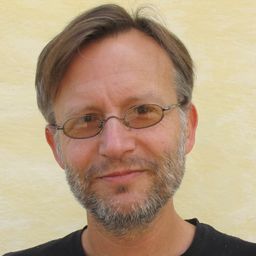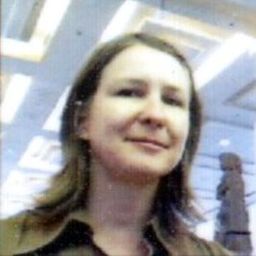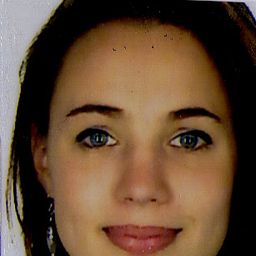Heritage and the New Fate of Sacred Places | Le patrimoine et le destin des lieux sacrés
Mon statut pour la session
If, as it has been demonstrated elsewhere, neither the cult nor the religion can be seen as solutions to the safeguard of historical churches, is there nonetheless something to be learned for redundant churches in this new fate of sacred places? How does the legal status of these pilgrimage sites and other “Highway to heaven” in our secular society can be compared to that of former church monuments? Can the transcultural way to produce the meaning of these sacred places hold any lessons for the interpretation of old churches now deprived of meaning?
This session would like to focus on Canadian examples of new or enhanced sacred places, looking at their materiality to understand how their community-making process can (or cannot) bear examples for the engendering of heritage communities that could revive the meaning of redundant historical churches.
___
Alors que les églises des traditions religieuses historiques sont laissées à l’abandon, des lieux sacrés connaissent un destin exactement opposé : on agrandit des sites de pèlerinage et des plages urbaines entières sont prises d’assaut par des églises et autres temples de dénominations diverses, orthodoxes ou pas. Investis d’un sens profond pour les communautés qui les fréquentent et qui se consacrent à leur transmission, ces nouveaux espaces du patrimoine reposent principalement sur des dispositions immatérielles qui prennent racine dans l’interculturel et font fi du « culte chrétien de la trace » cher aux institutions patrimoniales connues. Ces lieux sacrés et de plus en plus patrimoniaux ne sont pas moins tangibles : ils instituent des paysages, des bâtiments et des artefacts dans des contextes urbains balisés par des règlements, des usages, des statuts juridiques et des systèmes fiscaux tout aussi concrets.
S’il est devenu évident que le ni le culte, ni la religion ne sauvegarderont les églises historiques, se peut-il que cette expansion des lieux sacrés comporte des solutions applicables dans le maintien ou l’interprétation commune du patrimoine religieux ? Cet atelier met en discussion des exemples canadiens de lieux sacrés afin d’examiner leurs processus de construction de communautés patrimoniales et les manières dont ils pourraient inspirer la préservation d’églises désaffectées.
___
Cette séance se déroule dans un site différent de celui des principales activités du congrès. Les congressistes peuvent se rendre à l'oratoire Saint-Joseph à partir de l'Université Concordia en prenant l'autobus 165 à l'arrêt de la rue Guy, devant la station de métro Guy-Concordia. Le trajet d'une vingtaine de minutes les laissera à l'arrêt Côte-des-Neiges/Queen Mary, à trois minutes de marche de l'oratoire.
___
This session takes place in a different site from the conference's main activities. Delegates can reach the Saint-Joseph's Oratory with bus number 165, leaving in front of the Guy-Concordia metro station, on Guy Street, and disembarking 20 minutes later at the Côte-des-Neiges /Queen Mary bus stop, from where a 3 minutes walk will take them to the Oratory.
___
Itinéraire sur Google Maps / Itinerary on Google Maps
Sous sessions
Historically, Canada’s cultural and religious heritage has been associated with Christianity. Contemporary Canada is, however, multicultural and, in terms of religion, is becoming increasingly characterized by multiple faiths. While non-Christian faith groups are on the rise, the current census data regarding religion indicates that nearly every major Christian denomination in Canada is decreasing in religious adherence. Architecturally this shift in religious affiliations has res...
Le monastère Tam Bao Son situé à Harrington, Québec, a été inauguré en 1995. Cet exposé vise à situer le monastère au sein de la communauté vietnamienne québécoise, mais surtout à voir comment celui-ci vient à proposer à ses visiteurs la possibilité de faire un pèlerinage bouddhiste complet : visiter l’endroit où serait né le Bouddha, où il aurait atteint l’éveil, où il aurait offert son premier discours et où il serait décédé. Logé sur un terrain de 337 hectares, ce monastère est un micro...
The World Migration Report 2015 revealed that 62% of Brussels’ population is not born in Belgium. Brussels, therefore, is the second migration city in the world, after Dubai and before Toronto, Auckland and Sydney. The migrants’ sociology is diverse, from “Eurocrats” working for European institutions, to French fiscal expats, other European citizen benefiting from free mobility, Asian and African economic and political refugees. About 25,000 foreigners migrate yearly to the Brussels Capita...
Cette communication vise à présenter le projet de développement de l’Oratoire Saint-Joseph du Mont-Royal. À l’ère de la laïcisation de la société québécoise, il peut paraître étonnant de constater que le projet d’aménagement du sanctuaire urbain dédié à saint Joseph ait obtenu une partie de son financement des pouvoirs publics. Cela étant dit, il est indéniable que le lieu exerce une attraction qui ne s’est pas démentie depuis sa fondation; on y compte aujourd’hui deux millions de visiteur...
Interfaith and intercultural dialogues frequently have an air of immateriality about them, focusing usually on abstract concepts in an effort to reach an idealistic overlapping consensus. The coexistence of over twenty religious institutions on No. 5 Road in Richmond, British Columbia, known as “Highway to Heaven,” provides a remarkably grounded contrast. While this spectacular landscape appears on the surface to be fertile ground for abstract interreligious conversation, our findings from...
Personnes inscrites


